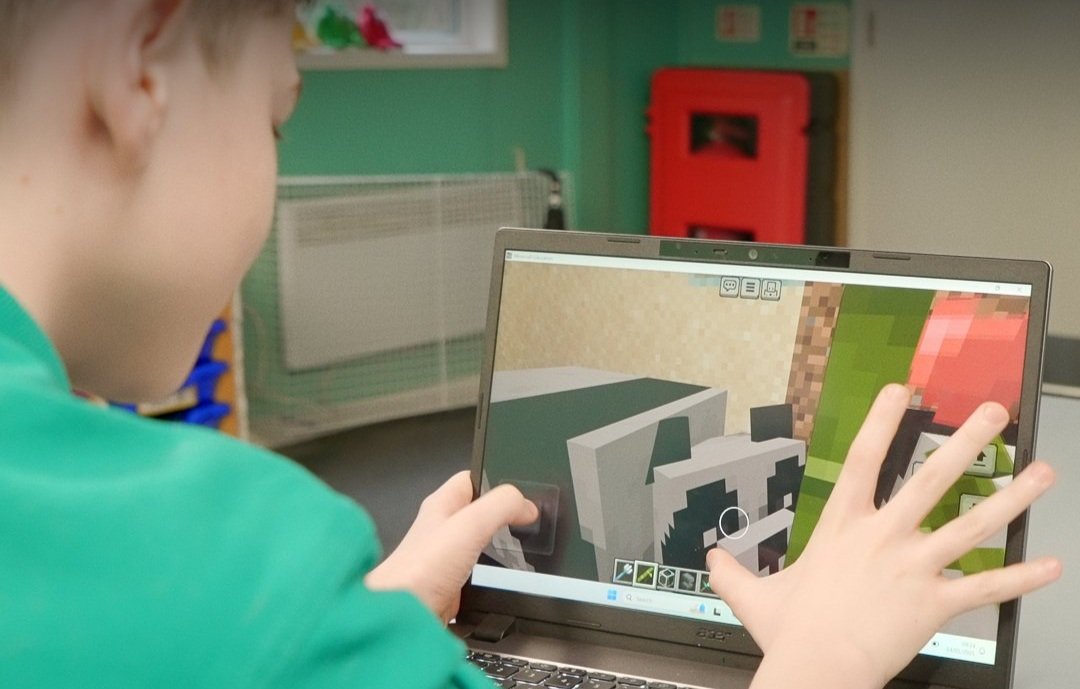Biophilic classrooms: integrating nature into tech-enhanced learning spaces
As technology becomes an integral part of classrooms, so too must the design evolve. That's where biophilic design steps in—a ground-breaking approach that merges nature with technology for inspiration, engagement, and well-being.
For those who wish to be ahead of the fold, learning about what biophilic classrooms do lays the groundwork for creating a relevant educational experience.
Why biophilic design matters in education
Nature has a very strong hold on our mental and physical well-being. It actually soothes the mind, helps increase focus, and even amplifies creative abilities. This is indeed a fact: integration of elements such as natural light, greenery, and organic materials in classrooms is not an aesthetic choice but a very sure means of enhancing the outcomes of students.
When students are more connected to their surroundings, they are sure to be more deeply involved with the learning material, retain it better, and actively take part so much more in learning. And in a world where learning has increasingly been able to feel really quite detached, this connection becomes even more critical.
The integration of technology into biophilic classrooms
It feels almost counterintuitive to bring technology together with nature, and it is just this marriage that makes biophilic classrooms the powerhouse. Think of a classroom where dynamic lighting systems mimic natural daylight, their intensity changing real-time automatically to enhance focus and reduce eye strain, or virtual reality tools that whisk students through ecosystems in exquisite detail in an effort to foster a love of nature, desk-bound.
Just as virtual staging for real estate allows buyers to see what a house could become, these technologies enable instructors and students alike to envision and engage with newly imagined spaces to learn.
Designing biophilic learning spaces
Creating a biophilic classroom does not involve completely covering all spaces with plants or installing skylights in every room; rather, it involves thoughtful integration. Start with simple changes: adding in live plants that clean the air, while at the same time infusing a room with warmth and life. Other online tools, including virtual field trips and interactive simulations, may also inspire this same sense of awe in natural investigation for the students, thereby serving as an effective substitute.
The future of classrooms in the biophilic format
With sustainability and well-being starting to drive the design in educational settings, biophilic principles find a lot of favour. Indeed, schools and universities the world over are rising to the call to invest in places which will take care of the children's cognitive and emotional needs. There is no longer a dream of classrooms that can blend technology with the natural environment, but one reality that continues to grow.
Final thoughts
To educators and administrators looking to bring in new, innovative changes into education, biophilic design offers a unique opportunity. It is way more than the addition of greenery or a high-tech update; it's about reenvisioning learning space to actually support modern learners. We prepare the next generation for success—with environments that incorporate the best elements of nature merged with the best elements of technology—through building settings.





















